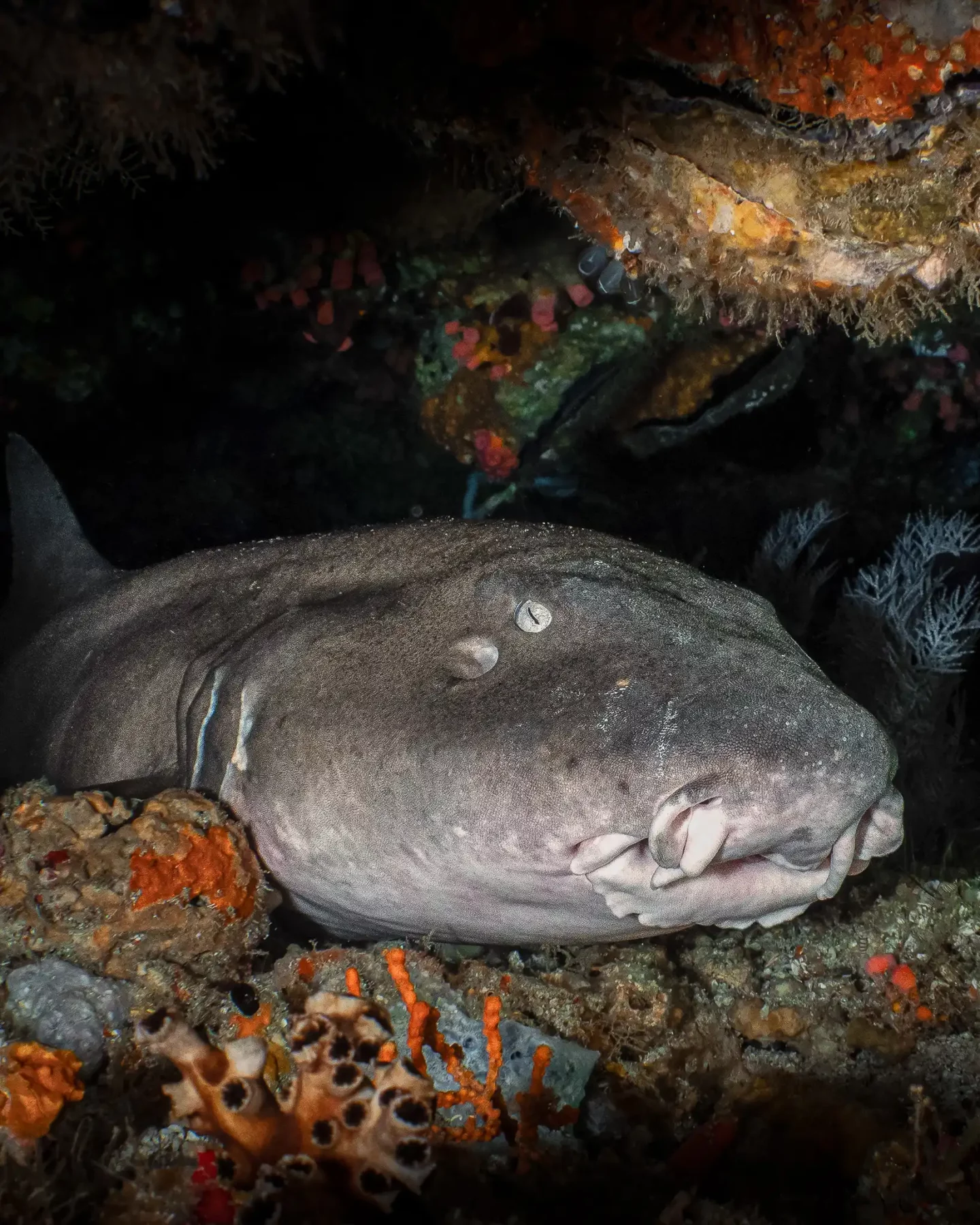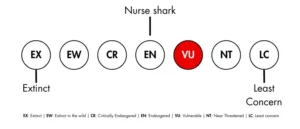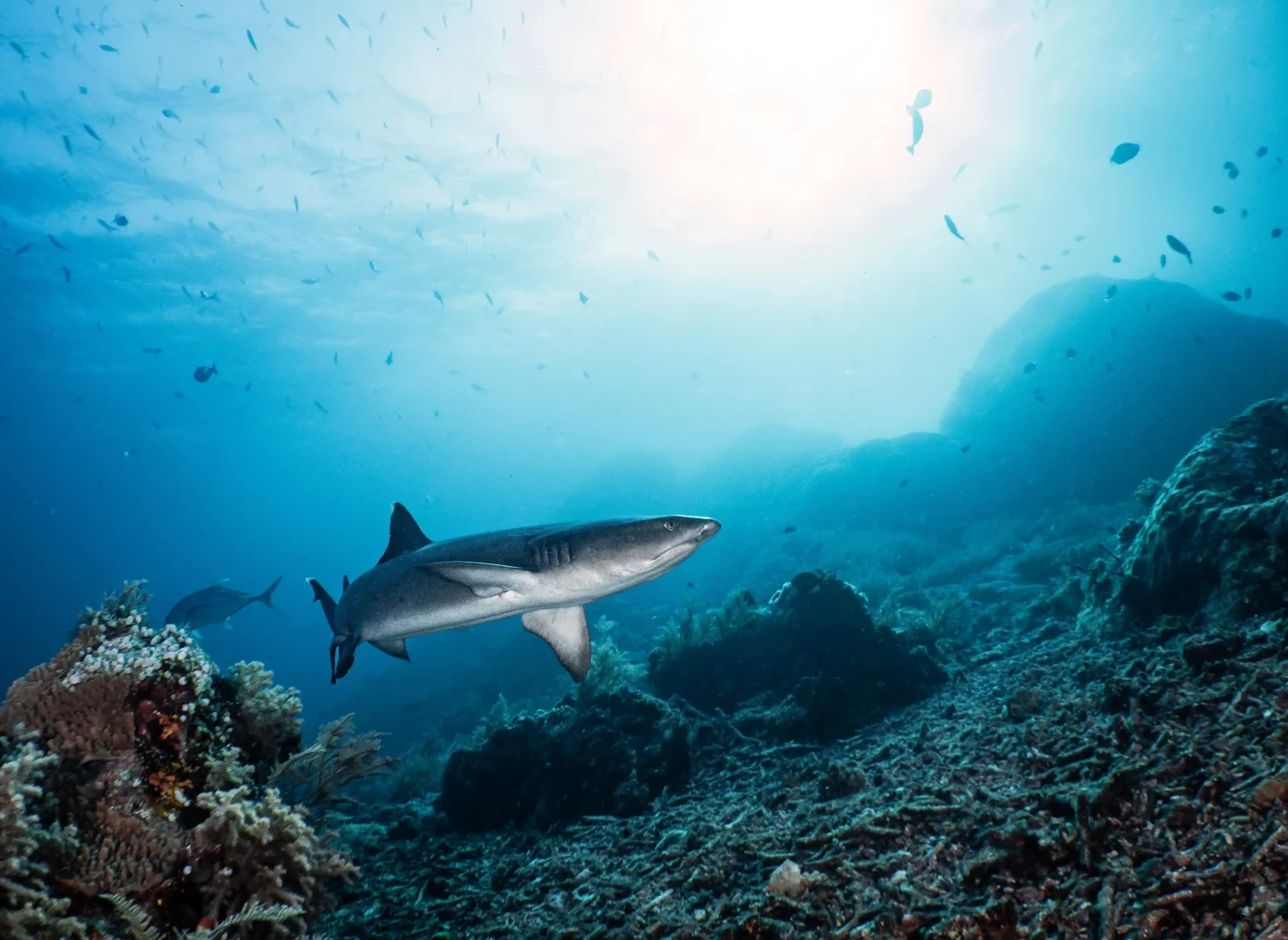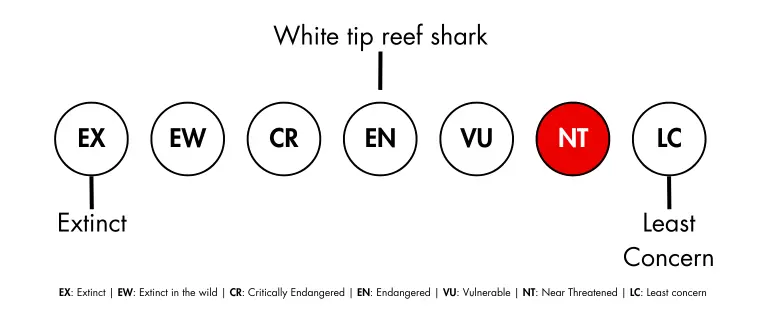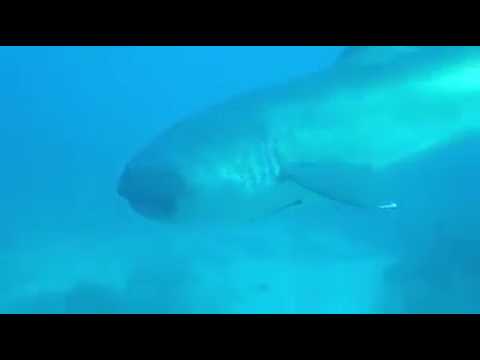Komodo National Park is a paradise that is not only for the dragons that roam the islands, but also for countless species of marine animals. On an average day of diving it is quite common to see Manta Rays, Pygmy Seahorses, Eagle Rays, Dugongs and various species of Sharks.
Though they are present in the water around the island, it is worth noting most sharks species can be found in waters as deep as 2,000 meters – around 7000 feet.
To bring that into perspective for you if you are not Scuba Diver yet, the deepest recreational course is a Deep Technical diving course, which allows us to dive as deep as 60 meters (Only 1940 meters left to 😉).
However, many shark species frequent coastal areas and reefs, making it easier to spot them without needing a submarine or an R.O.V.
So what species are they?
Table of Contents
Shark species you can find around Komodo
Nurse Shark
Rarity: Rare
Nurse sharks are rather interesting. Picture this: they have cylindrical bodies with peculiar barbels around their mouth with serrated teeth, perfect for chomping down their prey, coming at you with a suckling sound like a nursing baby. That’s Nurse sharks for you!
You’ll often find them chilling on the sandy seabed, blending right in. This shark species can be found in Komodo around the world-famous Batu Bolong, as well as Manta Sandy and Manta Point further to the south.
Whitetip Reef Shark
Rarity: Common
Whitetip Reef Sharks, as their name suggests, are primarily found in coral reefs and shallow coastal waters in Indo-Pacific region, which is where Komodo Island is conveniently located. They can be found around the island of Mawan when we dive there or Turtle Point in Siaba Besar.
Blacktip Reef Shark
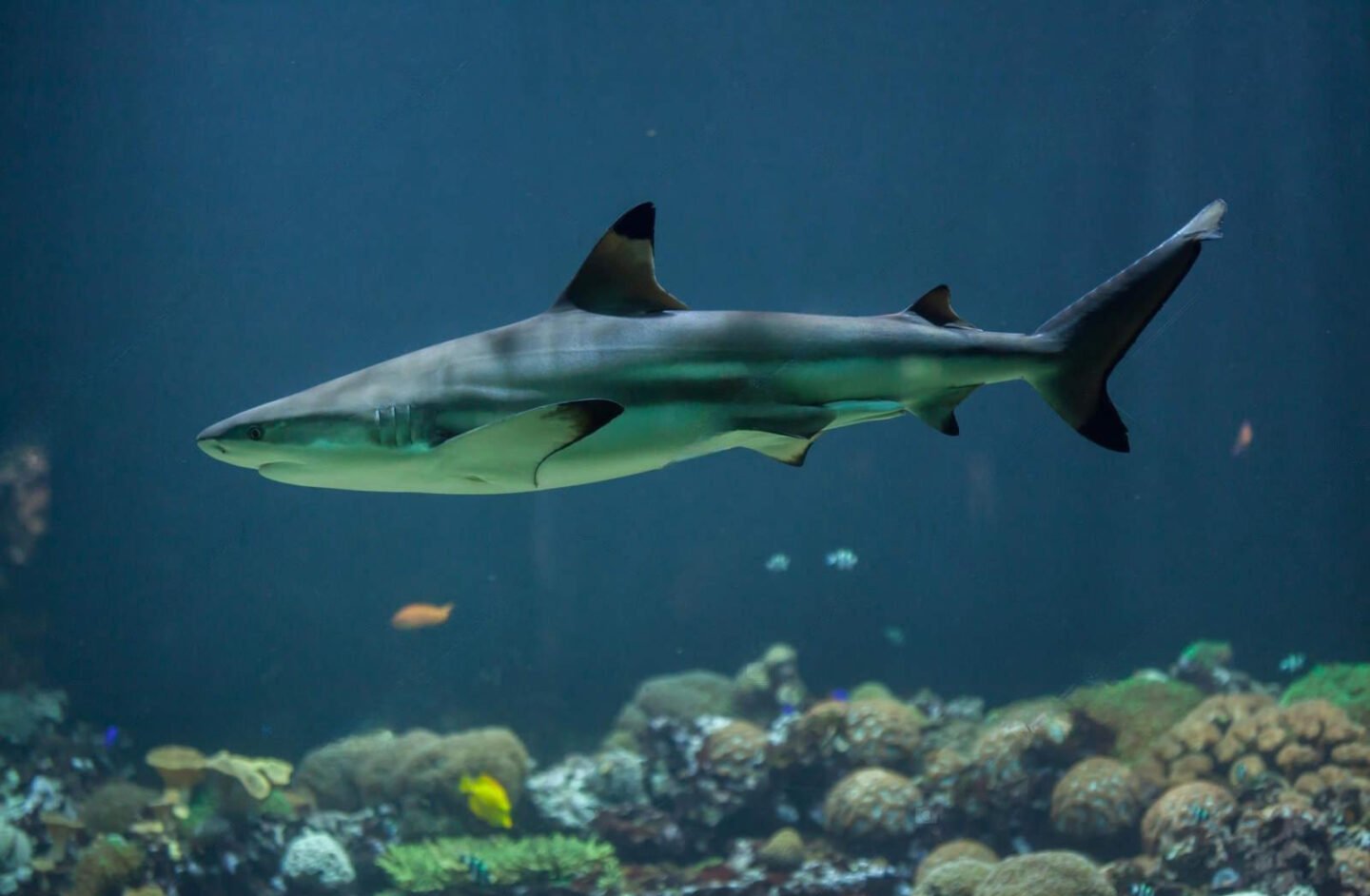
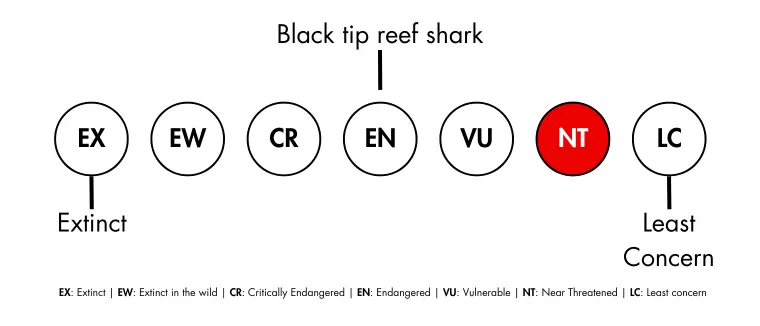
Rarity: Common
You can find Blacktips on a few sites in Komodo, including Tatawa Besar, Mawan & Manta Point / Karang Makassar. Despite its active hunting, it generally displays shy behavior towards humans and is not considered aggressive. It can be difficult to approach the Blacktips, hence the best way to get to them is by not trying to get to them, or simply observing them from a distance and letting them come closer, which is what we divers do best.
Bamboo Shark
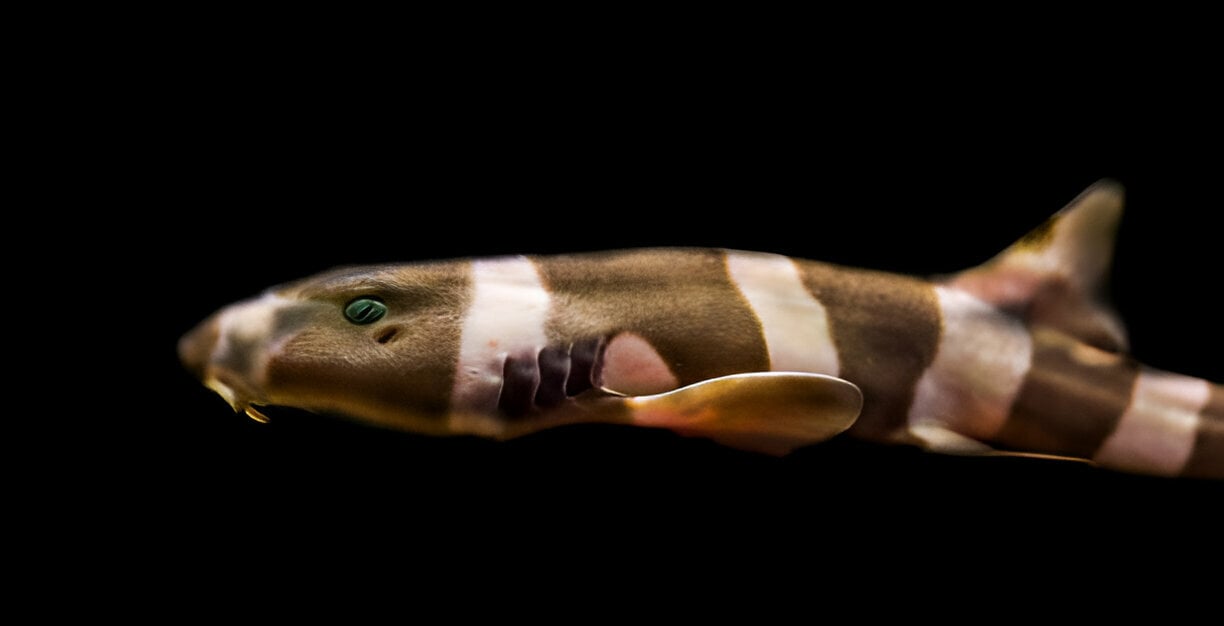
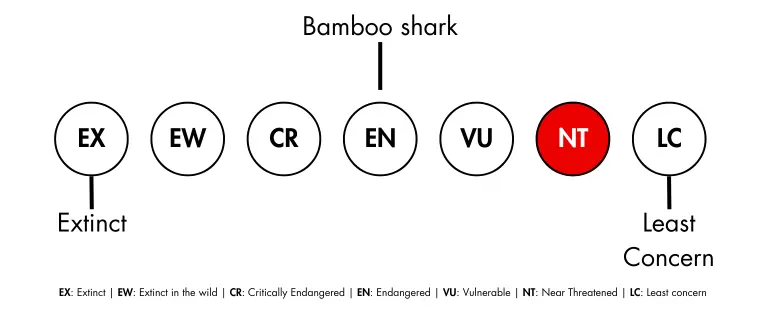
Rarity: Occasional sightings
In Komodo, the area where you can spot Bamboo sharks is most likely around the bay of Rinca island, that we visit on our Ultimate Komodo trips. However, spotting them can be a little difficult due to often lower visibility levels in the area compared to the rest of the national park, and their habit of being a little shy. Their size can vary from 20 to 40 inches in length, but do not be mistaken: they are proficient predators. Their prey are generally small fishes, crustaceans and mollusks.
Grey Reef Shark
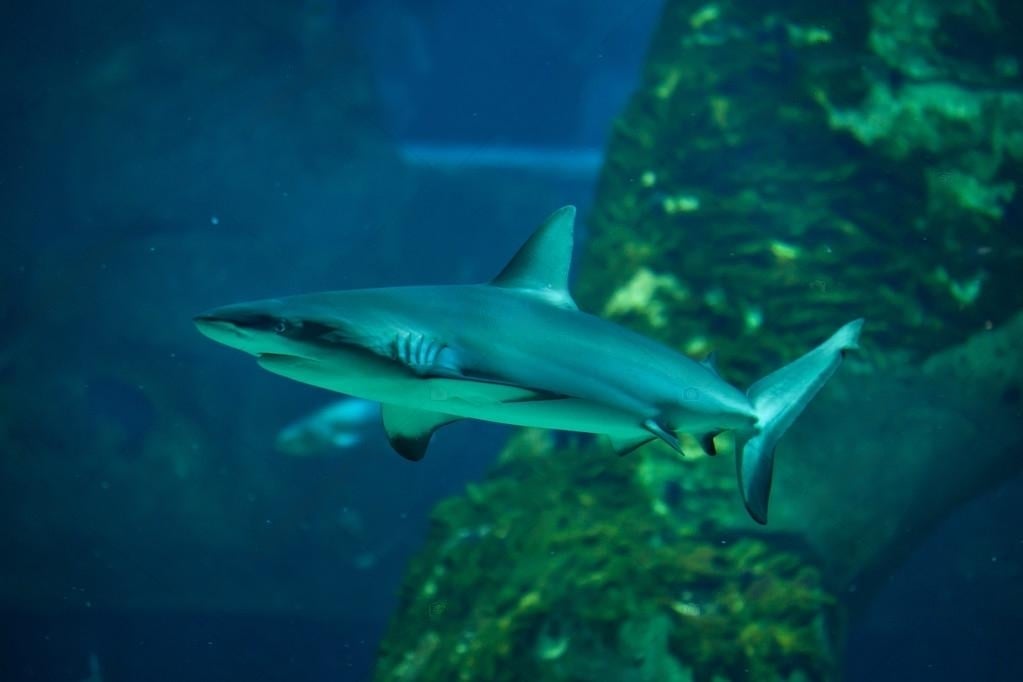
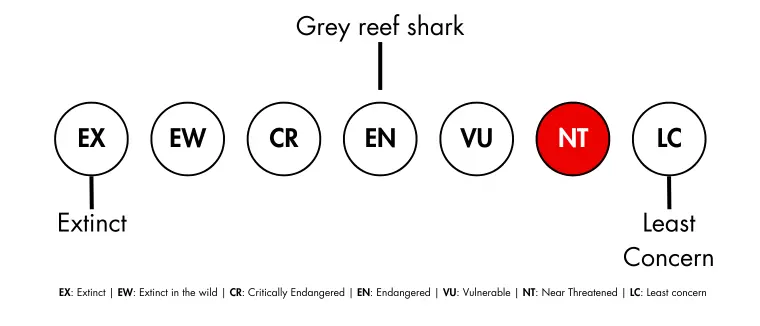
Rarity: Slightly common
Grey Reef Sharks are adept hunters, hunting a variety of prey, from small to medium sized fishes such as surgeonfish, snappers and parrotfish, crustaceans such as crabs and lobsters to cephalopods like as squids and octopus. They do however possess the habit of being opportunistic predators, eating anything that might be abundant and accessible in their environment. In Komodo, this shark species can be found around Crystal Rock and Castle Rock.
Whale Shark
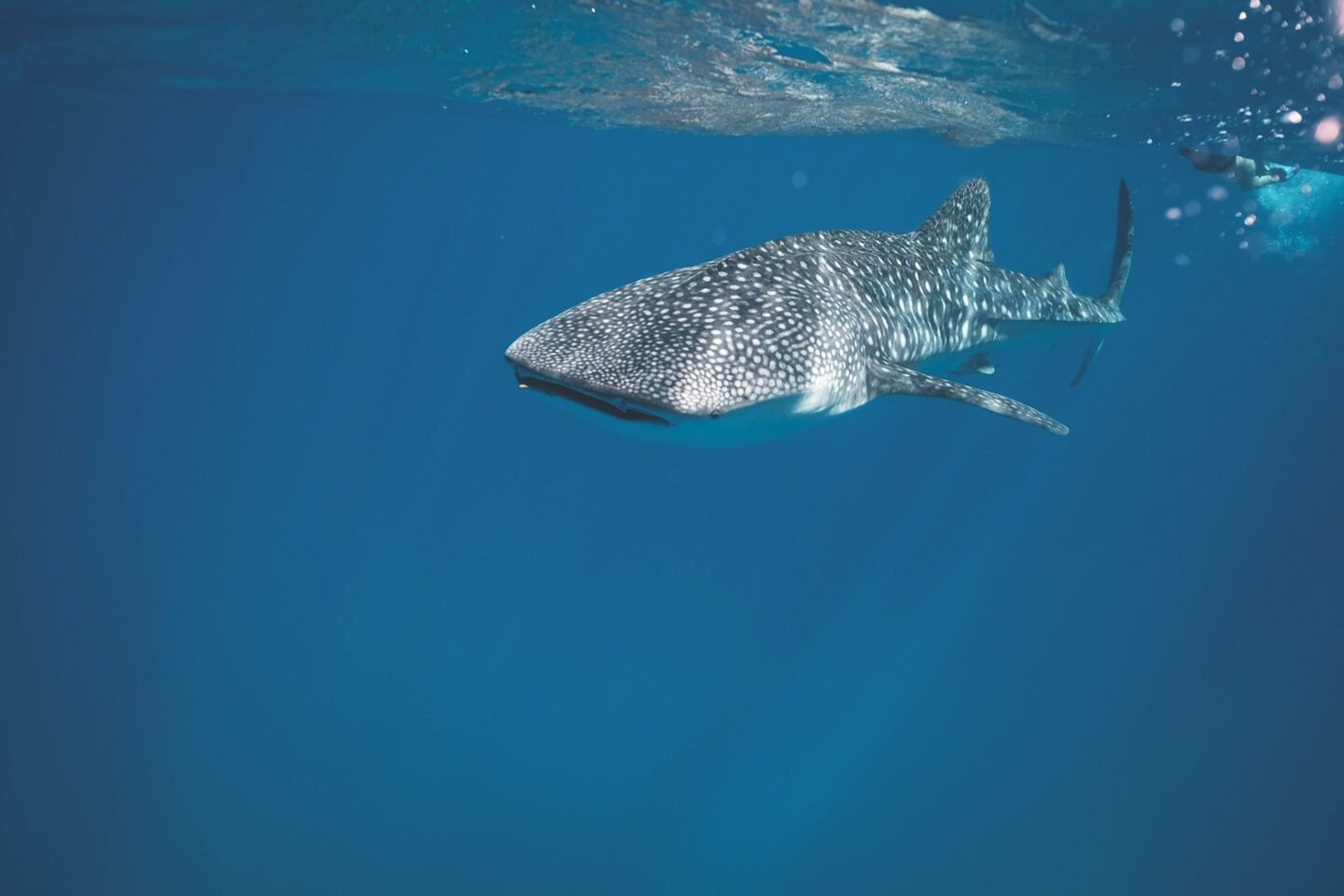
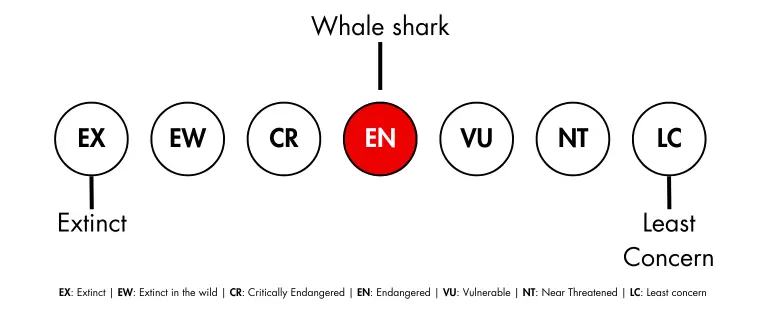
Rarity: Rare
Though rare, Whale sharks, who happen to be the biggest fish species in the world can be found around Komodo. They primarily feed on plankton and small organisms, and perhaps one of the safest shark species to encounter on the list, as we as humans do not resemble their favorite foodstuff, plankton. Your best chance of spotting them in Komodo would be on a dive around Manta Alley and Pulau Kode both located in thr south of the marine park.
More sightings around Komodo:
These are the common shark species you can encounter during your dives around the island of Komodo. Interestingly, a super rare spotting of super rare species occured at the dive site ‘Shotgun’ around 2019. Take a look at this diver for example, who encountered in Gili Lawa Laut, a Megamouth Shark, a species which by National Geographic is categorized as one of the rarest Shark species in the world.
Are They Endangered?
Komodo National Park is Marine protected area, anti-poaching and illegal fishing laws are strictly enforced by Indonesian Navy patrols and park rangers. Outside of the marine park though, illegal poaching and fishing happens rampantly in the country.
How to Dive with Them
Though it is generally safe to be around sharks, there is still rule of thumb we should follow that will help us avoid any ‘misfortune’. From the moments you prepare to get into the water, until the actual time you get to see them, here are a few handy tips on how to dive with Sharks in Komodo.
In Preparation
Listen to the dive briefing
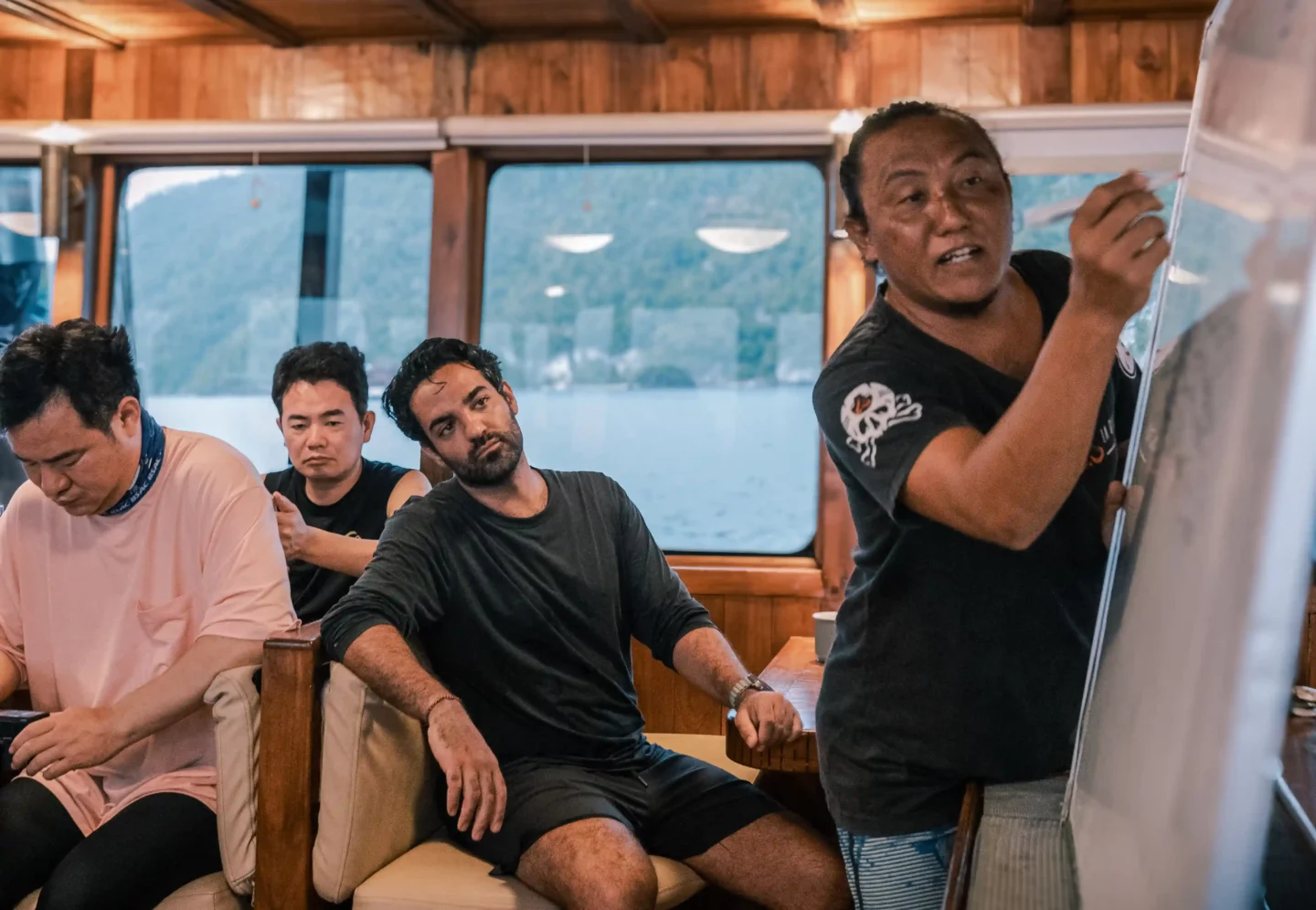
Skipping dive briefings has always been a no no for every dive you do. The brief given by your guide or divemaster should cover what marine animals you might encounter on that site, what to avoid and how you should behave when encountering them. Furthermore, you will also get an insight of how the currents are typically moving in the area. This is especially important for 2 reasons, one, it may actually help you locate the sharks, and two, is the fact that diving in Komodo is synonymous with strong currents which bring in these beautiful sharks and rays
Avoid contrasting colors
Sharks can’t see colors very well. Most of their species can only see colors in black, white and gray. However, they are sensitive to the differences between colors due to their eyes being sensitive to light. It means that they may be attracted to you due to the stark contrast of the color you are wearing to their dark and blue water surroundings.
In the Water
Quick Descend
Another thing that we should note about sharks is that they are also attracted to floating objects. Many sharks are actually scavengers, and floating objects can be considered as food for them. So, as soon as you reach water, whilst maintaining your attention to safety and ensuring that your buddies are close too, descend quickly.
Stay Calm
This is a similar issue with how sharks define their prey. They may see an object making a lot of sudden movements and think that it is a stressed fish and then consider it another hunting session in their daily schedule. That object making a lot of movements could be you, hence, staying calm and not flailing your arms and legs is always one of the top rules when encountering the sharks, and for diving also.
Do Not Feed the Animals
There are a couple of reasons why we should not feed sharks when we encounter them. Firstly, it can disrupt their natural hunting behavior and create a dependency on us humans. Sharks notoriously swarm around large naval vessels as the scraps of dinner time get thrown overboard. Furthermore, feeding may also attract a whole bunch of other sharks to come along, thus creating aggression within the groups as they scrap for morsels, which could lead to injury or fatalities among them, or us.
Are Sharks in Komodo dangerous?
Generally speaking, most sharks are usually unphased and even unbothered by divers and snorkelers in their environment, and most usually dismplay traits more in liner of fear. The sharks in Komodo spend more time on the reef being cleaned by smaller reef fish than hunting. If you are a sensible diver who listens to briefings, remains calm underwater, and who respects these beautiful animals’ space, you will likely just end up writing about your adventure in your own logbook, rather than having an article being written about you in your local newspaper.

